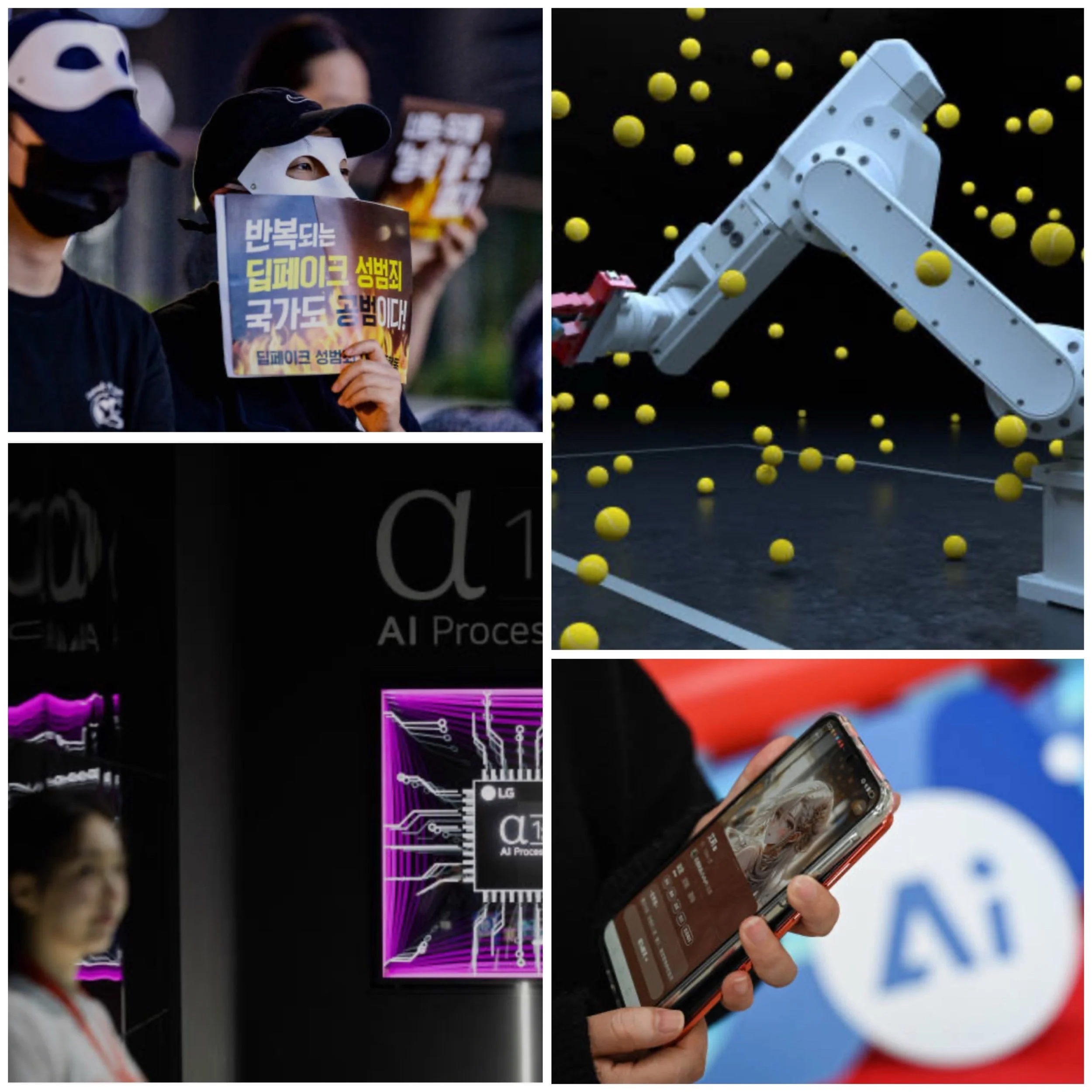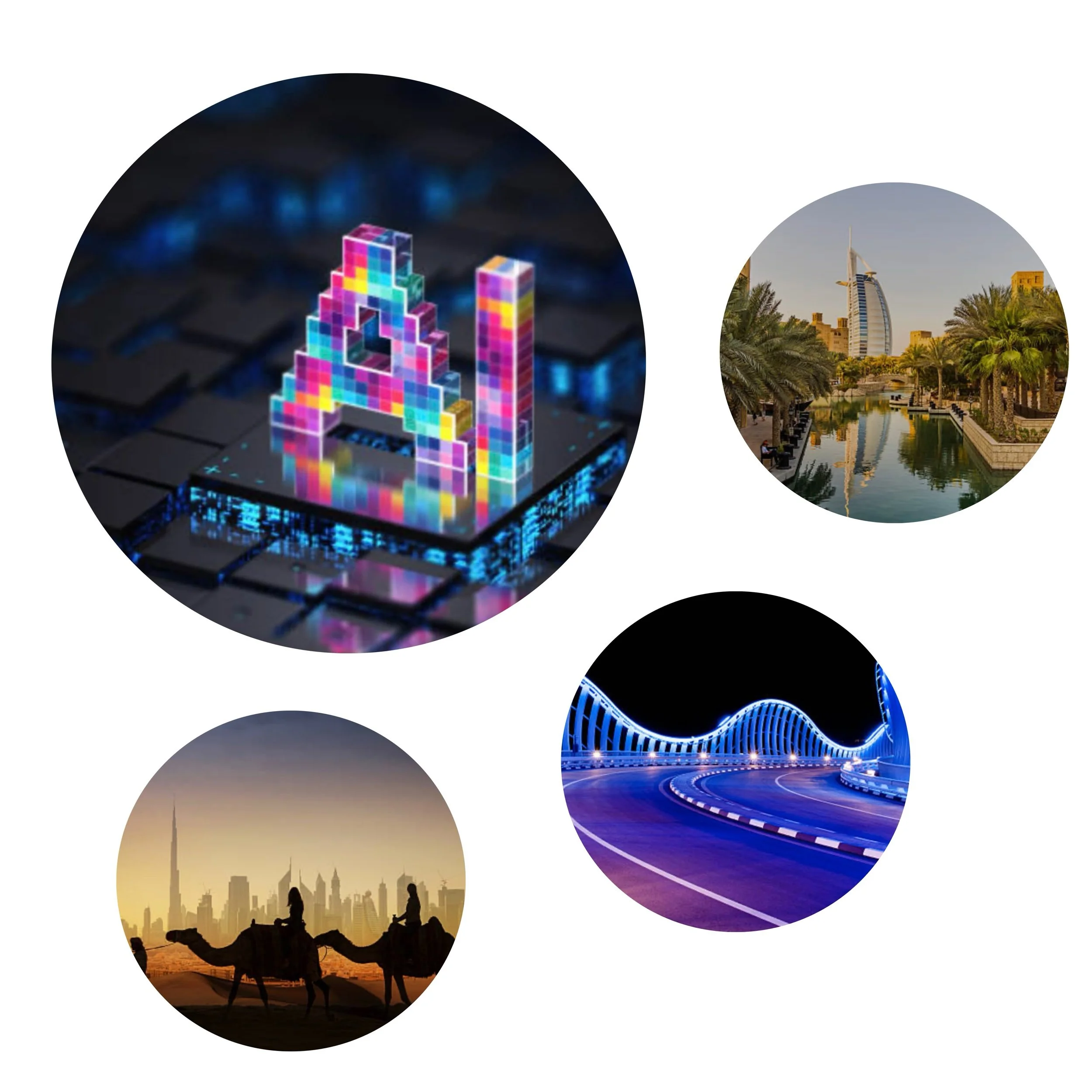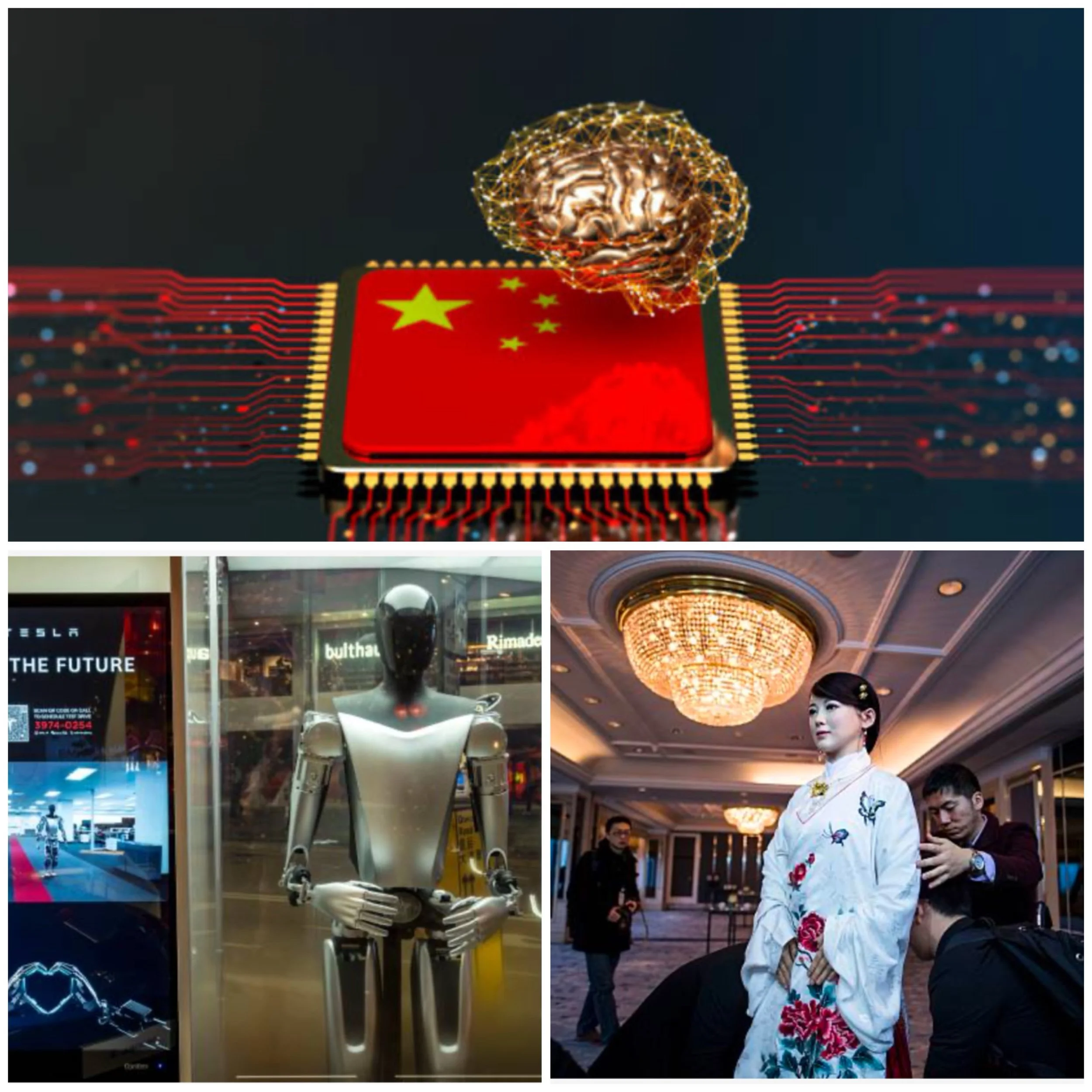South Korea vs. China in AI and Robotics The Unseen Tech Battle of Titans
Introduction
In the world of technology, the race for supremacy in artificial intelligence (AI) and robotics is no mere sprint; it's a marathon of innovation, research, and strategic implementation. South Korea and China, two prominent players on the global tech stage, are often pitted against each other in this relentless pursuit. But which nation truly leads the way? In this blog post, we will explore the advancements of South Korea and China in AI and robotics, shedding light on their strategies, achievements, and future trajectories. Tech enthusiasts, robotics engineers, and AI researchers—you're in for an enlightening read.
The Cultural Pulse Driving Innovation
Both South Korea and China have rich cultural foundations that drive their technological ambitions. South Korea, known for its rapid technological adoption and innovation, leverages its compact yet dynamic ecosystem. The nation's cultural emphasis on education and technological fluency fuels its AI and robotics efforts. Meanwhile, China's sheer scale and historical inclination towards collective progress shape its approach. The country's central government policies and cultural narratives about technology as a tool for progress play significant roles in driving AI and robotics advancements.
Education and Talent Cultivation
Education forms the backbone of technological progress for both nations. South Korea boasts a rigorous education system, producing top-tier talent in science and technology fields. Major universities like KAIST and Seoul National University are at the forefront of AI research, nurturing future leaders in the domain. Meanwhile, China has ramped up its educational efforts with significant investments in AI-focused programs. Institutions like Tsinghua University and Peking University lead AI research, contributing significantly to the global talent pool.
Government Initiatives and Strategic Investments
Government support is pivotal in the tech race. South Korea's National Strategy for Artificial Intelligence, unveiled in 2019, emphasizes AI as a core growth engine. The initiative aims to position South Korea as a top-tier AI powerhouse. On the other hand, China's "AI 2030" plan sets forth ambitious goals to become the world leader in AI by 2030. With massive funding allocated to research, development, and infrastructure, China's state-driven approach contrasts with South Korea's more collaborative industry-government model.
Corporate Powerhouses and Startups
Corporate giants and nimble startups alike fuel the tech race. South Korea's conglomerates like Samsung and LG are key players in AI and robotics, investing heavily in R&D to maintain their competitive edge. The startup ecosystem, though smaller, is vibrant, with companies like Vuno and Stradvision making strides in AI healthcare and autonomous vehicles, respectively. In China, tech behemoths like Alibaba, Tencent, and Baidu dominate the landscape. Their extensive resources and innovative labs propel China's AI capabilities forward, while startups like SenseTime and Megvii push boundaries in AI development.
Infrastructure and Technological Ecosystem
Infrastructure serves as the substrate for technological growth. South Korea's robust 5G network enhances its AI and robotics capabilities, enabling seamless connectivity for smart cities and autonomous vehicles. The nation's tech ecosystem thrives on collaboration between academia, industry, and government. Meanwhile, China's vast digital infrastructure supports its AI ambitions. With smart city projects and data-driven initiatives, China leverages its massive population and data sources to train AI models at scale.
Research and Development Prowess
Research and development form the bedrock of innovation. South Korea's focus on cutting-edge research is exemplified by developments in AI-powered robotics for manufacturing and healthcare. Collaborative projects between universities and corporations drive pioneering research. China's R&D prowess, backed by substantial funding, yields remarkable advancements in natural language processing, computer vision, and more. The country's research institutions work closely with industry players, accelerating the pace of technological breakthroughs.
Military and Defense Applications
In the realm of defense, both nations leverage AI and robotics for strategic advantage. South Korea's defense industry integrates AI into surveillance systems and autonomous drones, enhancing national security. China's military applications of AI include autonomous vehicles, cyber warfare capabilities, and AI-driven decision-making systems. The integration of AI in defense demonstrates how both countries prioritize national security in their technological pursuits.
Healthcare Innovations
Healthcare stands as a testament to the impact of AI and robotics. South Korean companies use AI to develop diagnostic tools, aiding early detection and personalized treatment plans. Robotics in surgery and rehabilitation improves patient outcomes and quality of life. Similarly, China's AI-driven healthcare solutions address its vast population's needs. From AI-assisted medical imaging to telemedicine platforms, China's innovations enhance healthcare accessibility and efficiency.
Autonomous Vehicles and Mobility
The pursuit of autonomous vehicles showcases the intersection of AI and robotics. South Korea's commitment to smart mobility is evident in its autonomous vehicle projects and smart city initiatives. Collaborative efforts between automakers like Hyundai and tech companies drive progress in this domain. China, with its extensive manufacturing capabilities, advances rapidly in autonomous vehicle development. Companies like Baidu's Apollo and NIO spearhead the push towards self-driving cars, aiming to reshape urban transportation.
Ethical Considerations and Challenges
With great power comes ethical responsibility. Both nations grapple with ethical challenges in AI and robotics. South Korea emphasizes transparency and accountability in AI deployment, aligning with global ethical standards. Meanwhile, China faces scrutiny over data privacy concerns and surveillance practices. The ethical dimension underscores the need for responsible innovation, striking a balance between technological progress and societal well-being.
Global Collaboration and Competition
The global landscape of AI and robotics is characterized by collaboration and competition. South Korea actively engages in international collaborations, sharing knowledge and expertise. Its participation in global AI summits and partnerships with foreign companies fosters cross-border innovation. China's Belt and Road Initiative extends its influence, promoting technological collaboration across Asia and beyond. The interplay of collaboration and competition shapes the trajectory of AI and robotics on a global scale.
The Road Ahead
The future holds immense promise for AI and robotics in both South Korea and China. Emerging technologies like quantum computing and edge AI are poised to reshape industries. South Korea's focus on sustainability and green technology aligns with its vision for a tech-driven future. China's long-term plans include integrating AI into every facet of society, from agriculture to finance. The ongoing evolution of AI and robotics from both nations foreshadows a future where innovation knows no bounds.
Conclusion
In the grand theater of AI and robotics, South Korea and China stand as formidable contenders, each driven by unique cultural, economic, and strategic imperatives. While South Korea's collaborative ecosystem nurtures innovation through education and corporate synergy, China's vast scale and state-driven approach fuel rapid advancements. For tech enthusiasts, robotics engineers, and AI researchers, the unfolding narrative offers insights into the intricate dynamics shaping the future of technology. As these two nations pave the way, the possibilities are as limitless as the potential of AI and robotics themselves. Whether you're inspired to explore the intricacies of AI or contribute to the evolving landscape, the path forward is illuminated by the collective brilliance of South Korea and China's technological endeavors.







